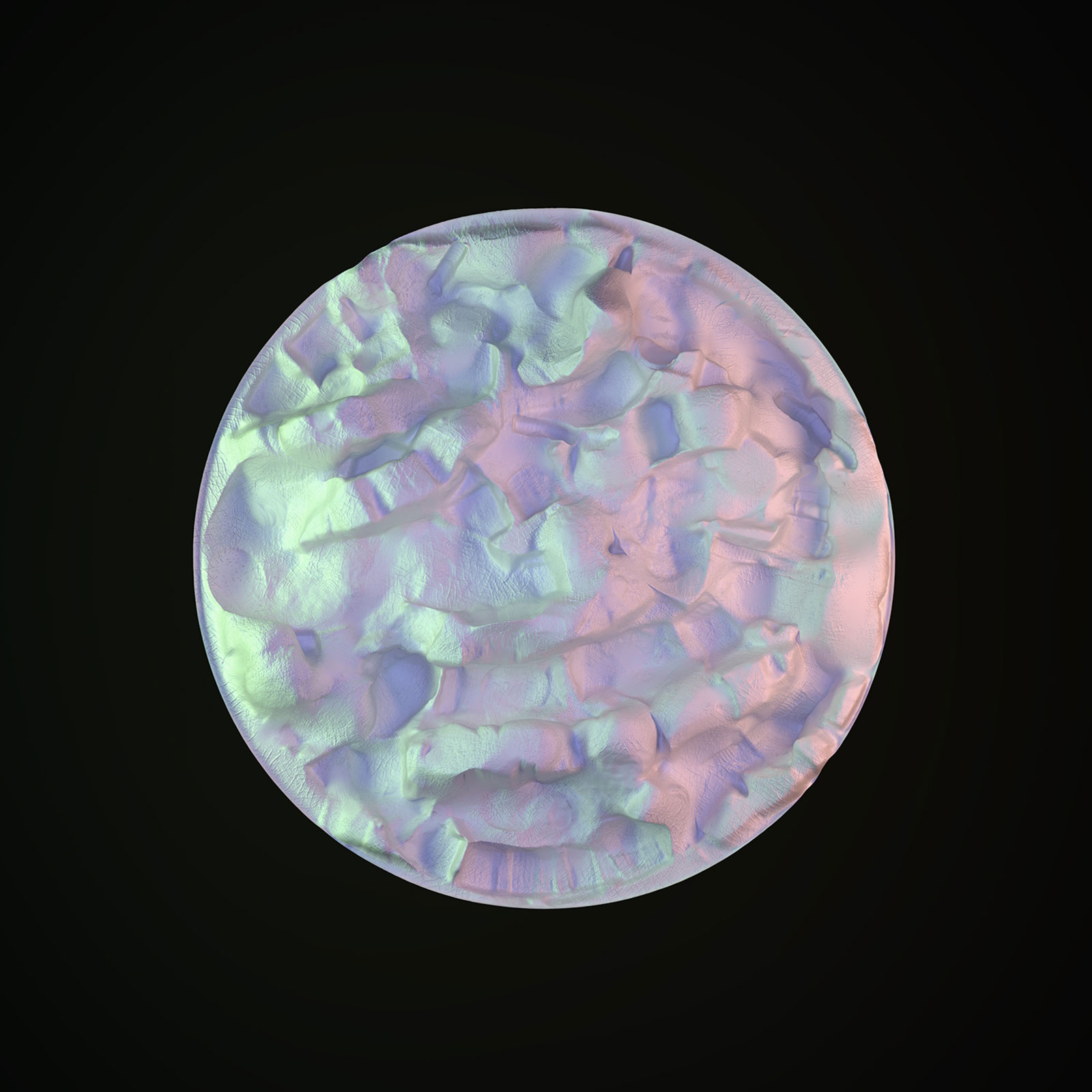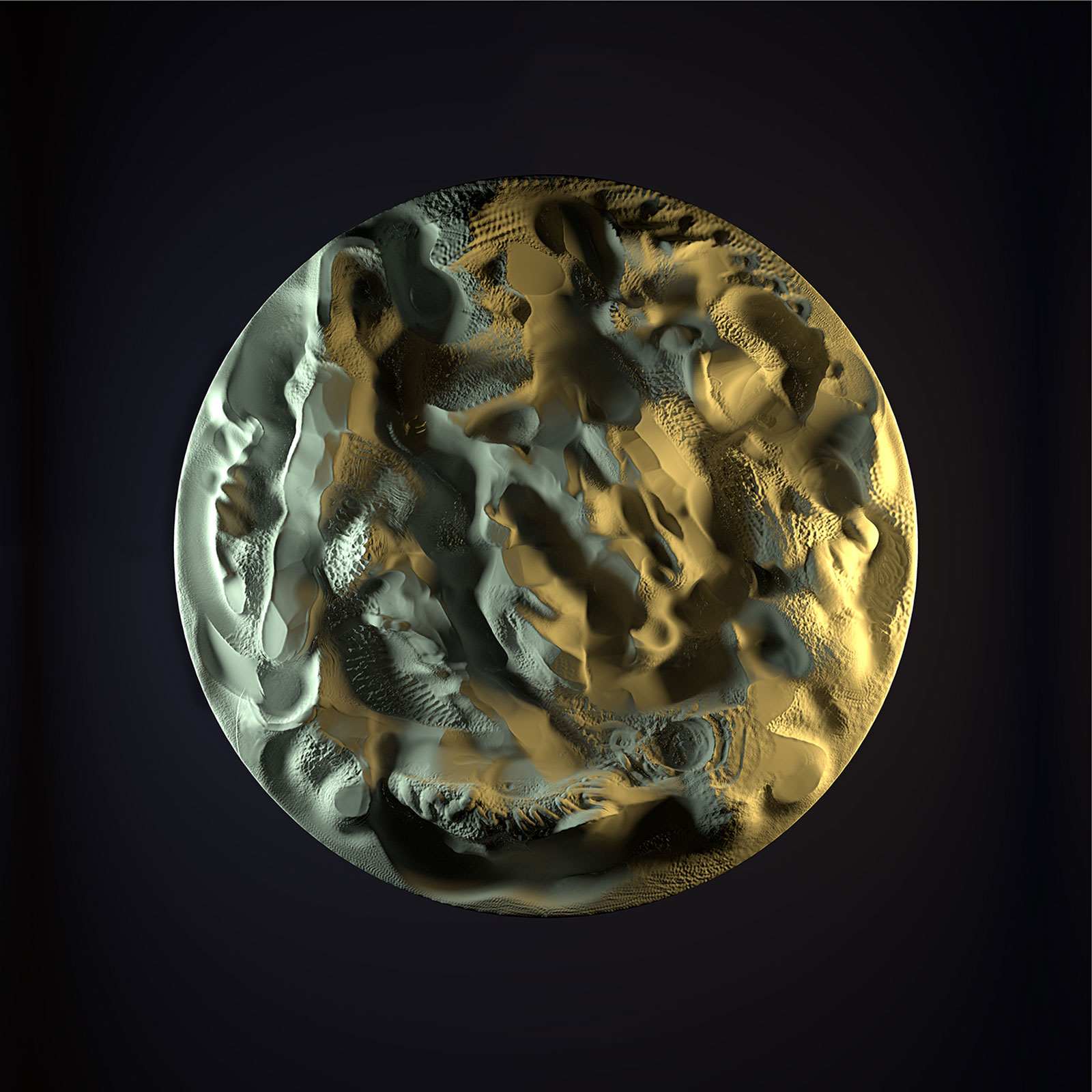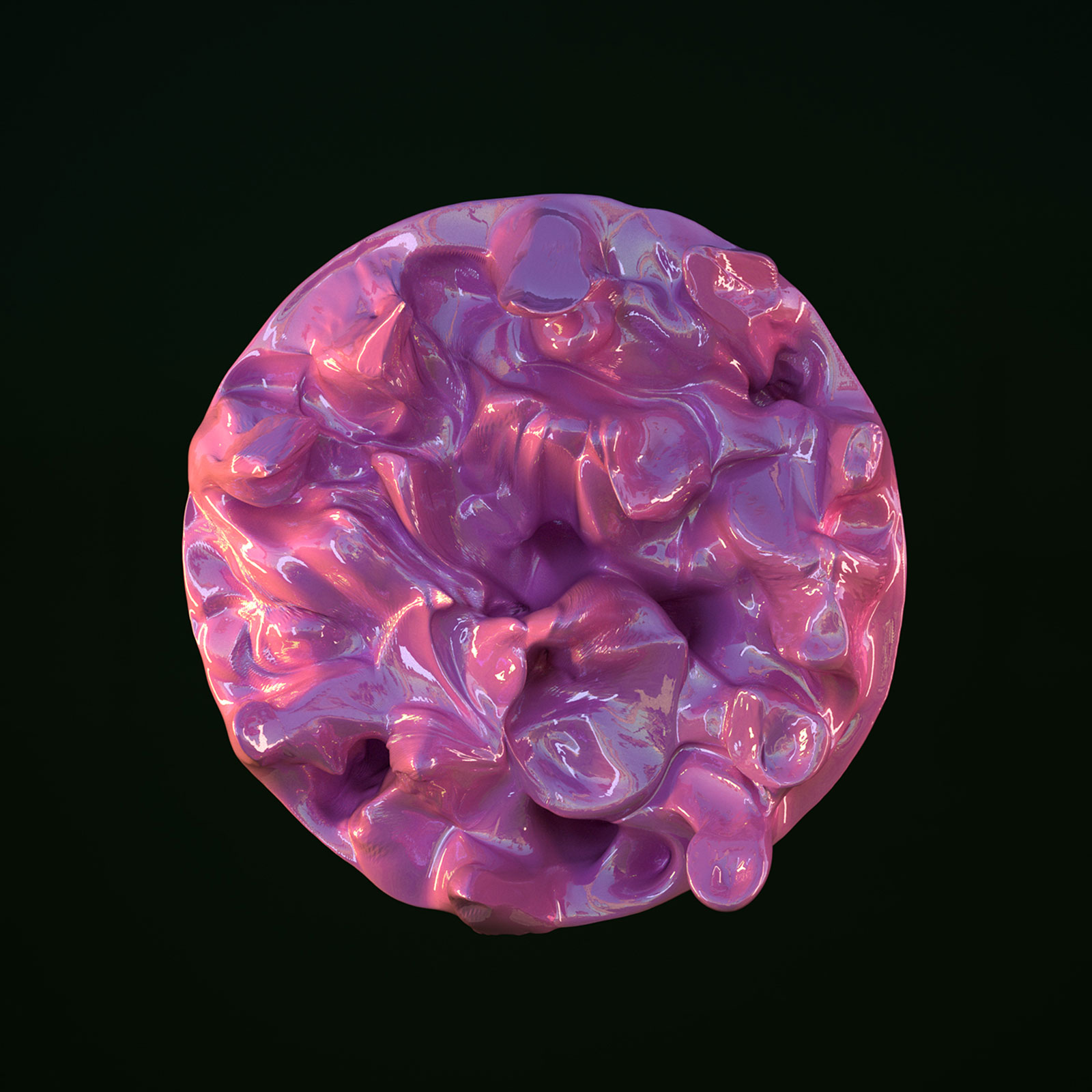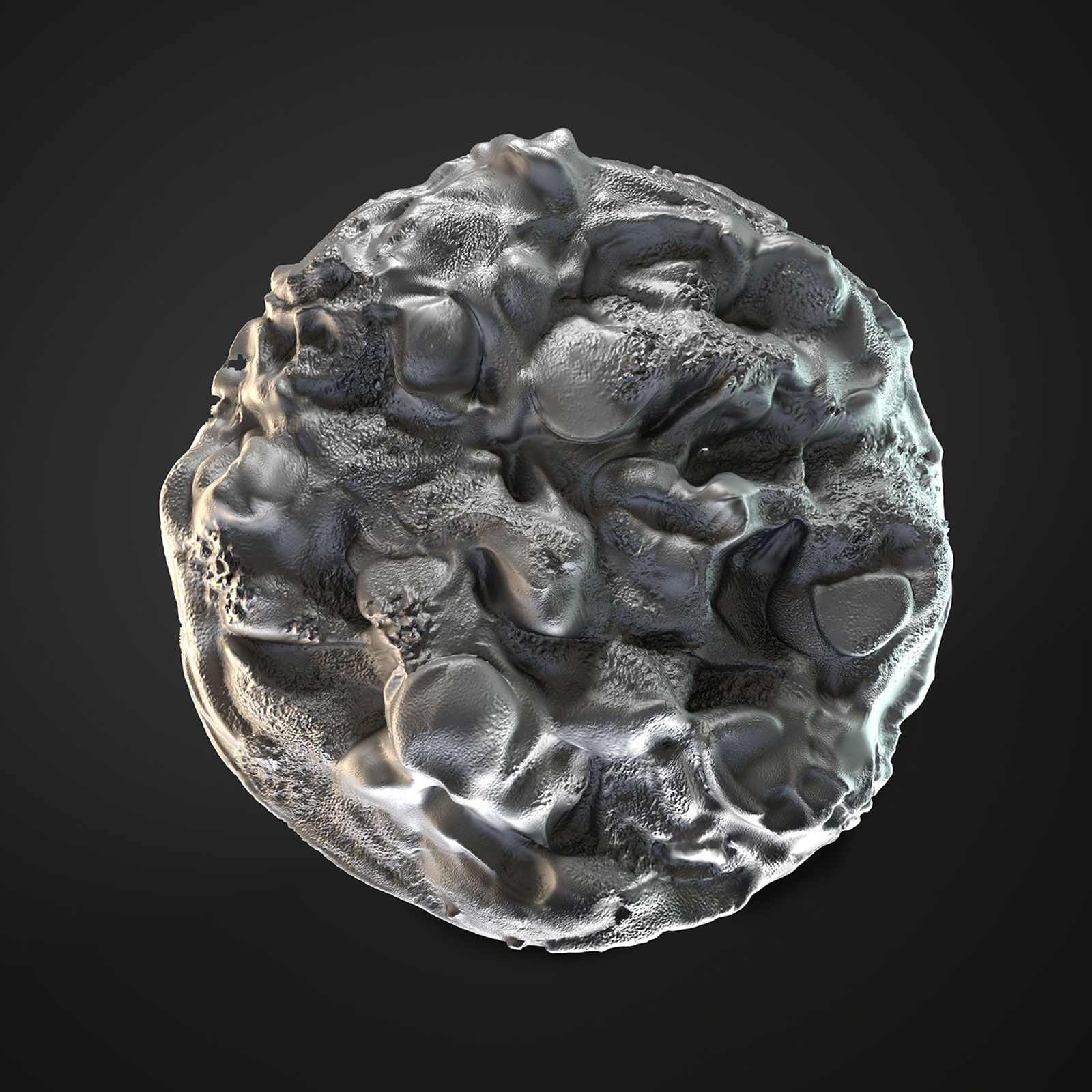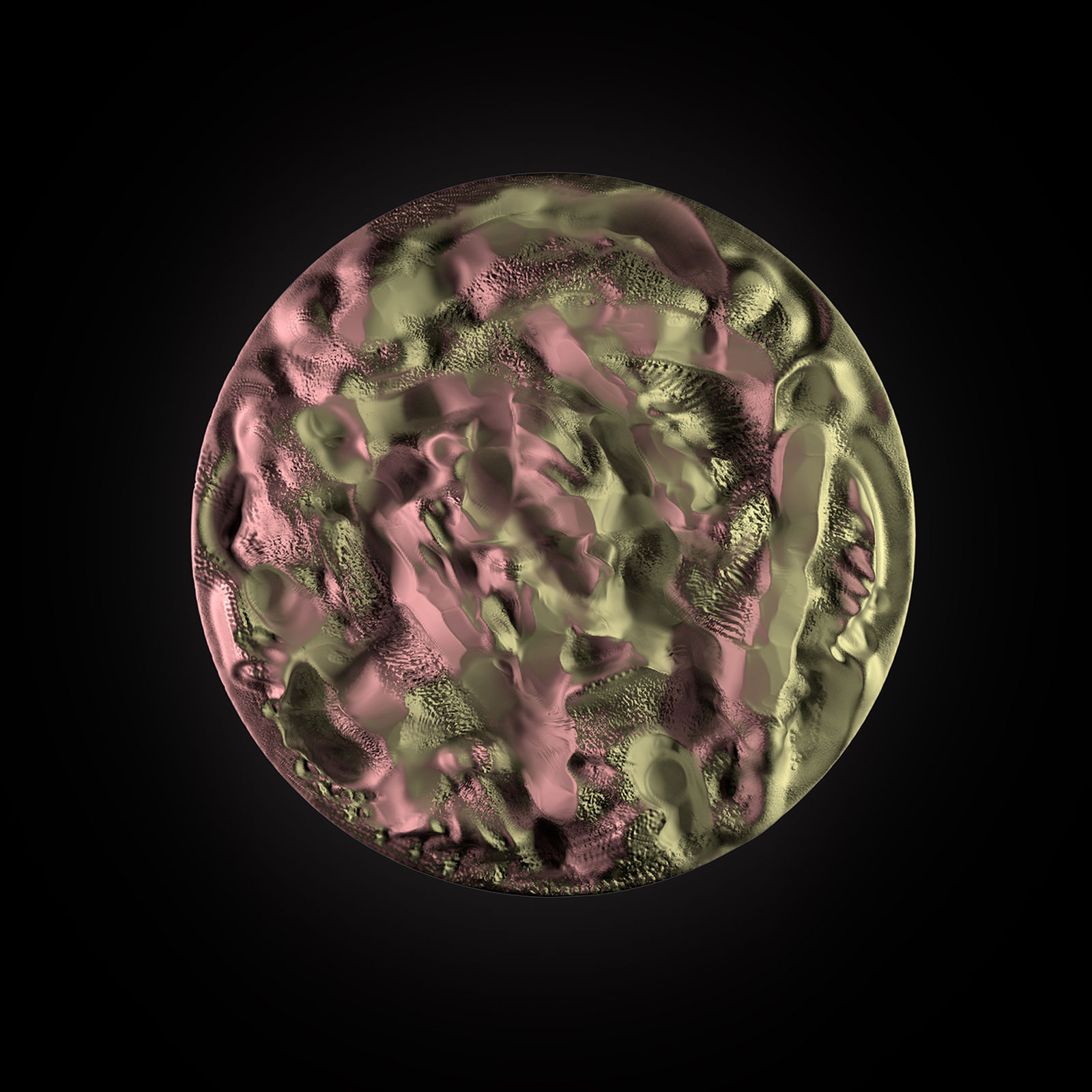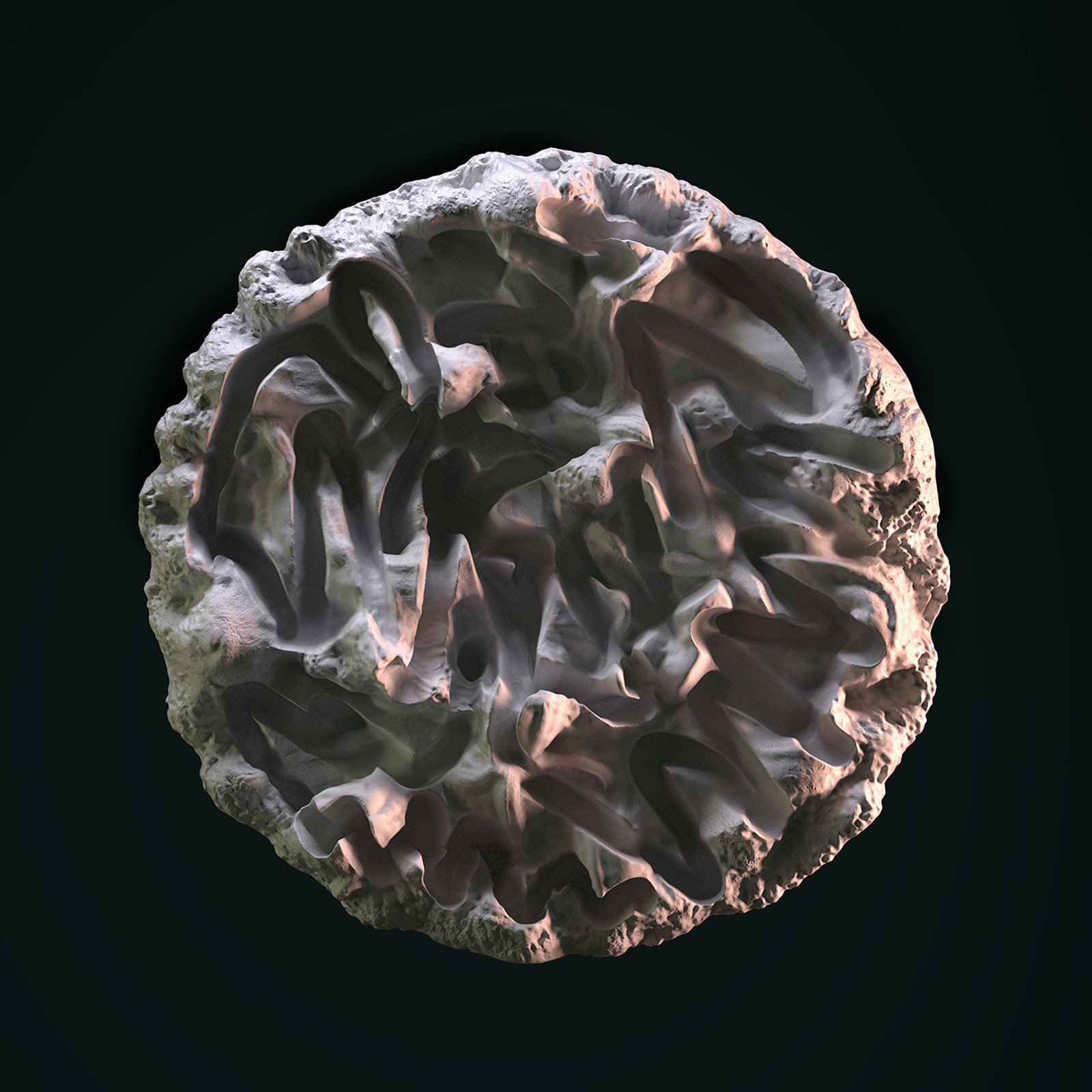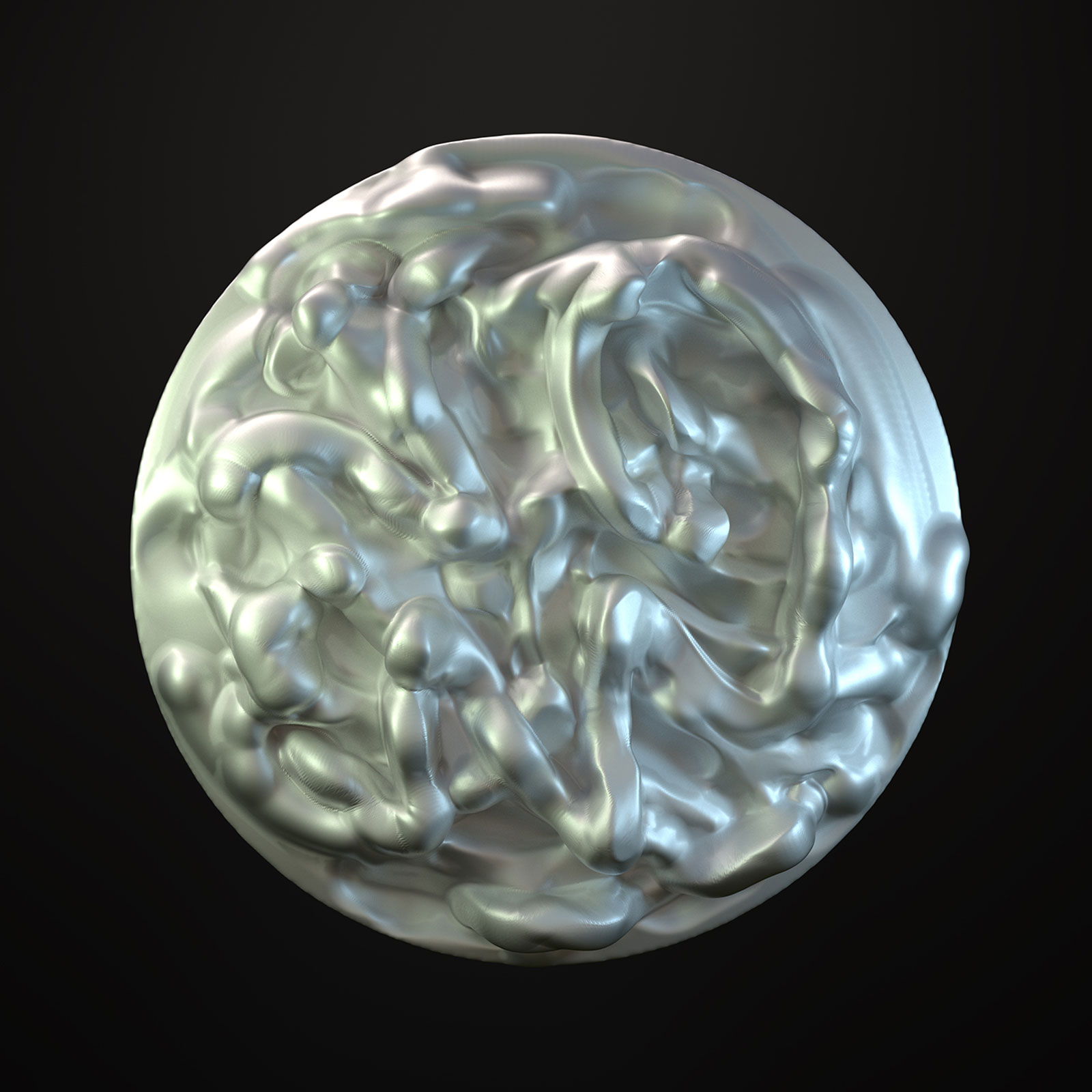<Surface I>
<CGI Fine Art Print, 2012>
<Surface I>
The computer allows us to simulate reality. Although the simulation itself is not real it inherits a certain power to become real. Today, it is increasingly normal to transfer simulated reality into physical reality. With the help of computers the vast majority of our environment is simulated before it is produced. The more complex the simulation, the greater its potential to reality. this said the distinction between the simulation and its physical counterpart is becoming increasingly difficult. The preconditions of our perception change: what is real and when? At which point will it no longer be possible to look behind these self-generated images? What is the nature of a such-created reality? Our simulations are to be understood as quests for the computer. By solving them it is to reveal its inherent structure. The second point of interest: you first have to define reality before you can simulate it. You do not have a predefined button for reality. Reality is always set by us. By our parameters. Thus, we define the scope of action for the simulation. According to Heisenberg the results of such experiments act according to their setup. This loop is the basic building block of the computer and for us of particular interest.
The people that define these aforementioned “realities” inside the computer, their algorithms, are going to control our perception.
Our work deals with the study of such relationships to create images from behind the mirrors.
